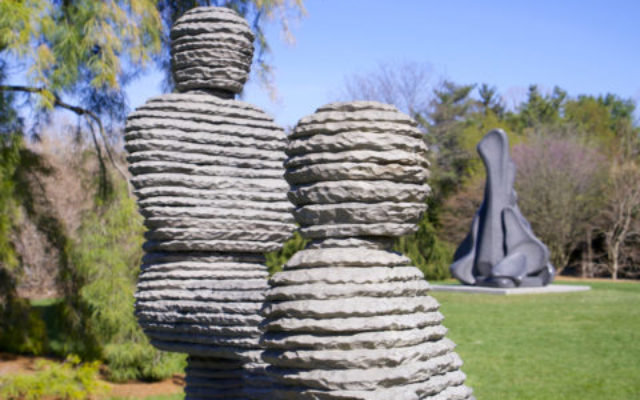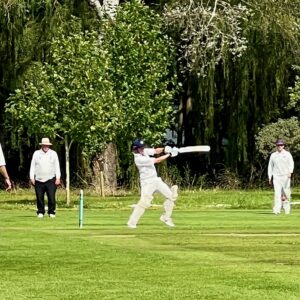Finding solutions with visual thinking
If you want to find unexpected solutions to complex problems, then you had better consider adding visual thinking to your problem solving repertoire.
Visual thinking, the use and exploration of multi-dimensional images as tools for communication, understanding and creative problem solving, might be considered a democracy for solving problems. It not only allows for communication to take place effectively and concisely, but visual thinking also has been correlated with superior outcomes in experiences, products and systems when applied to problem solving approaches such as design thinking.

How quickly can you convey the concept of an apple?
“We found that people who drew earlier in the process (of problem solving) tended to have better design outcomes,” says Maria Yang, Associate Professor of Mechanical Engineering and Engineering Systems at MIT.
That is because visual thinking allows people from diverse backgrounds, who normally would not or could not communicate, to share insights and synthesize existing information and come up with extraordinary ideas.
As Nancy Margulies of The Johns Hopkins University writes,
When people who speak different languages come together in a global culture it is natural that we are inventing a new language that can convey complex ideas using images as well as text … [and] more icons and symbols to communicate than ever before.
Tom Wujec, in a TED talk, talks about the many benefits of visual thinking through his example of making toast.
View this TED talk and think about how you might use visual thinking to find system-wide solutions to complex problems at your school, university, or place of work.













No Comments Yet!
You can be first to comment this post!